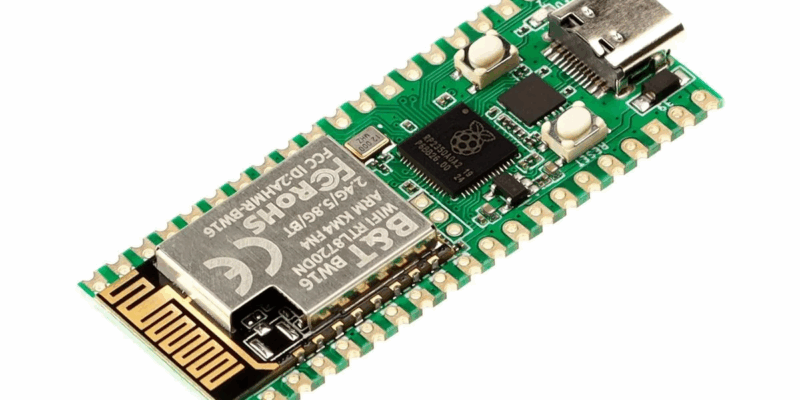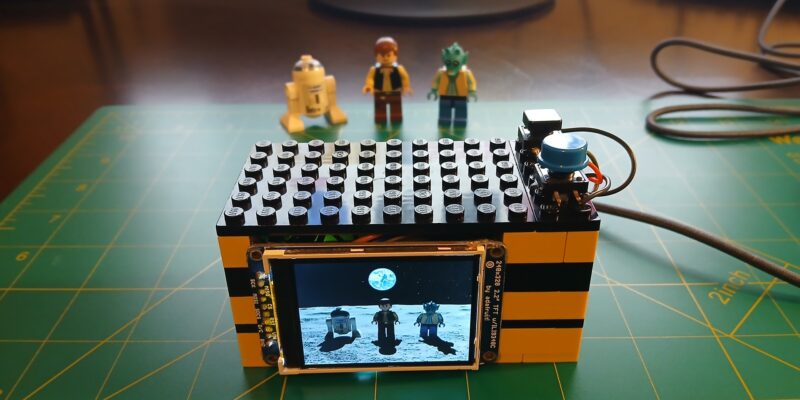1930s Linux Teletype
By Ben Everard. Posted
This article was originally published as part of HackSpace magazine, which has since been incorporated into Raspberry Pi Official Magazine.

In the dim and distant past, before PCs, organisations would have one big computer (a mainframe) connected to many smaller computers (terminals). You can see the linguistic clues of this past in today’s Linux
distributions, which all have at least one terminal application where the user interacts with the computer via typed commands. Fans of the terminal say it’s often faster, more accurate, and more power-efficient than using a graphical interface. Fans of this Linux terminal, created by CuriousMarc, can also say that it smells nicer and feels better than using a graphical PC.
This beautiful machine takes a Model 15 Teletype machine built in 1930. It’s an electromechanical device that was used to send and receive messages typed into a keyboard, and printed out onto paper strips. There’s a rich and fascinating history to these devices, but our favourite thing is that when they’re running, they smell of hot metal; you can learn more by watching Marc’s hypnotic, absorbing video.
Advertisement
Christmas is coming – keep Santa on the right track with our Raspberry Pi gift guide!

Ben is the Editor of HackSpace magazine. When not wrangling words, he enjoys cycling, gardening, and attempting to identify wild mushrooms.
Subscribe to Raspberry Pi Official Magazine
Save up to 37% off the cover price and get a FREE Raspberry Pi Pico 2 W with a subscription to Raspberry Pi Official Magazine.
More articles
Sign up to the newsletter
Get every issue delivered directly to your inbox and keep up to date with the latest news, offers, events, and more.


